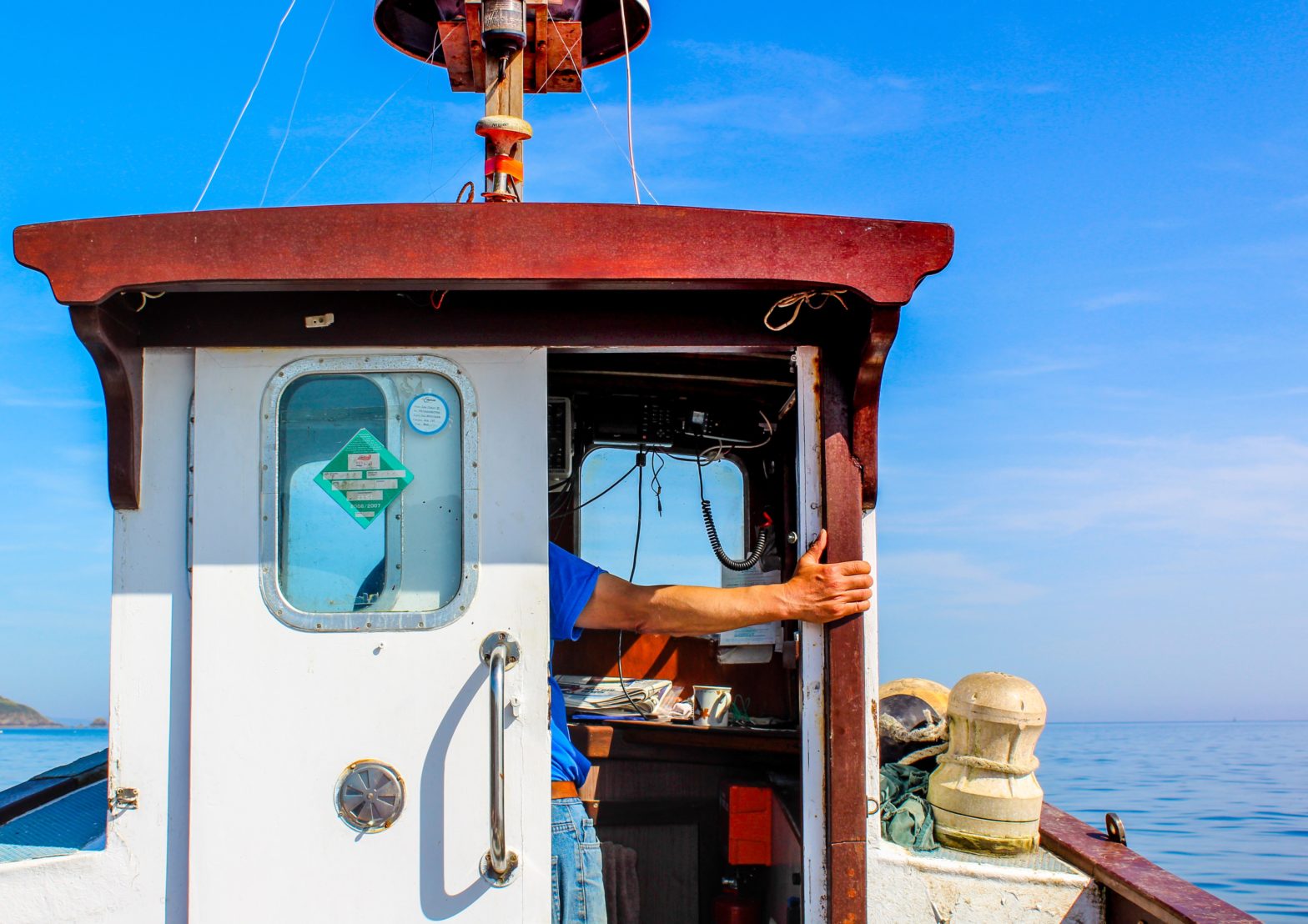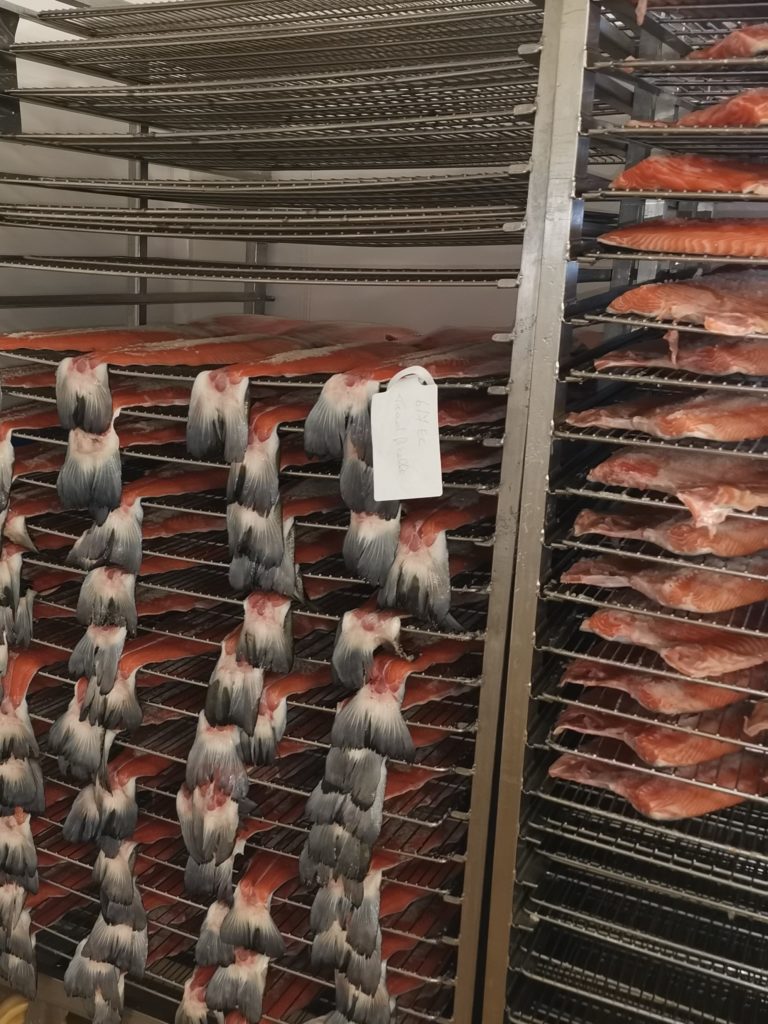All you need to know about EMFAF

You’ve heard of the European Maritime, Fisheries and Aquaculture Fund, better known by its acronym EMFAF, and you don’t really know what this funding tool covers, or if it’s right for you? Published on July 13, 2021 in the E.U. Official Journal for the period 2021-2027, EMFAF provides support for the development of innovative projects guaranteeing the sustainable use of aquatic and maritime resources. Priorities, operation, type of projects, application … Find out more about this program that could support your project.
What is EMFAF ?
The European Maritime, Fisheries and Aquaculture Fund (EMFAF), now extended to aquaculture, supports the sustainable development of fishing and the conservation of living marine resources. Its 4 priorities are :
– food security through the supply of seafood products ;
– growth of a sustainable blue economy ;
– healthy, safe and sustainably managed seas and oceans ;
– strengthening international ocean governance.
It also helps achieve the UN’s Sustainable Development Goal and European Green Deal.
Rapporteur Gabriel Mato at the european parliament : “The new EMFAF was negotiated at a challenging time. The EU fleet lost important fishing grounds because of Brexit, the seafood value chain was paralysed because of the pandemic, and there was pressure to reach an agreement in the WTO on fisheries subsidies. In addition, the young generation is reluctant to enter the profession, CO2 emissions must be reduced in line with the Green Deal and international obligations, and aquaculture production is stagnating, while in third countries the sector is thriving. This fund humbly seeks to contribute to mitigating these challenges.”
How does EMFAF work ?
The fund has a budget of 6.108 billion euros for the period 2021-2027, divided mainly between the member states (5.3 billion euros), which have a dedicated budget (France: 547 million euros, Ireland: 142 million euros, etc.), and managed directly by the Commission for the other part (797 million euros).
EMFAF is therefore mainly managed by the member states, who translate the European guidelines into national programs, most of which will be adopted in the 2nd half of 2022.
See the list of national programs
National programs are steered by the Ministries of Agriculture and Fisheries (Direction générale des affaires maritimes, de la pêche et de l’aquaculture in France, Marine Agencies & Programmes Division in Ireland, etc.). Operational implementation may be shared with intermediary bodies : coastal regions in France, Bord Iascaigh Mhara -BIM in Ireland, etc.
See the list of national authorities
What projects are eligible?
Projects can be submitted on an ongoing basis or following calls for proposals.
If the project is submitted on an ongoing basis, it must be in line with national priorities (refer to the list of national programs or contact the national authority) or their regional variations, not be fully completed or implemented by the date the application is submitted, and be clearly defined in terms of means, milestones and impacts.
If the project is submitted in response to a call for projects, it must precisely meet the eligibility criteria set out in the specifications (actions, company size, project location, project budget, etc.).
What about projects to recover marine co-products?
The theme of marine co-products and their innovative valorization is often part of national priorities or regional EMFAF strategies. It is also the subject of calls for projects (in France: Région Bretagne, Région Réunion, etc.).
What funding is available for my project ?
The rate of aid intensity varies (min 30%, often 50%, sometimes 100%). It generally depends on the added value of the project (collective, innovation, beneficiaries, etc.), the structure of the promoters, the region, etc. Funding is caped.
How do I submit my application ?
To submit your application on an ongoing basis, please refer to the procedure set up by each national authority or intermediary organization.
To respond to a call for projects, please refer to the contact mentioned in the procedure.
Note : By June 30, 2023, 5% of the European EMFAF envelope had been used in France.


